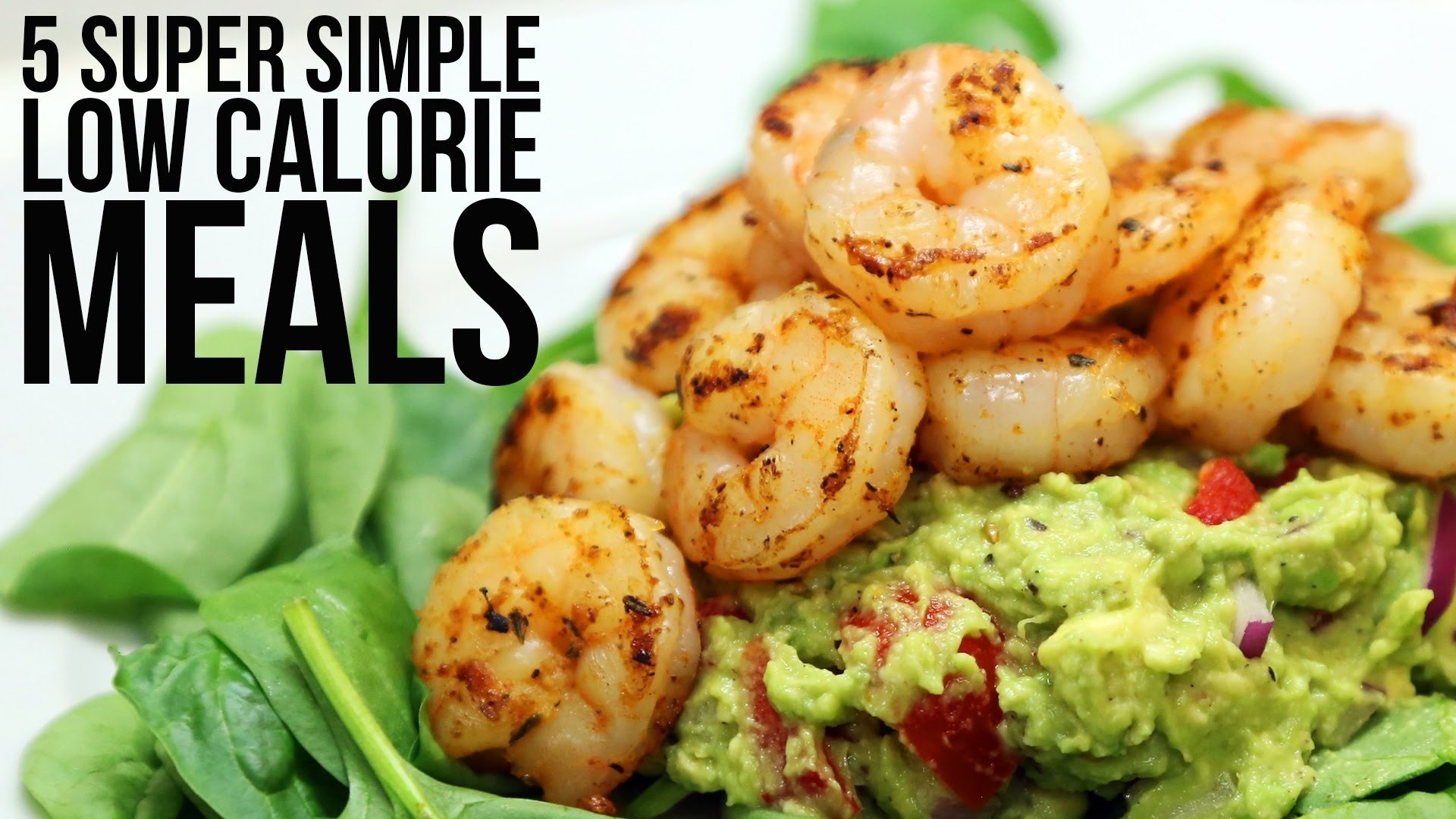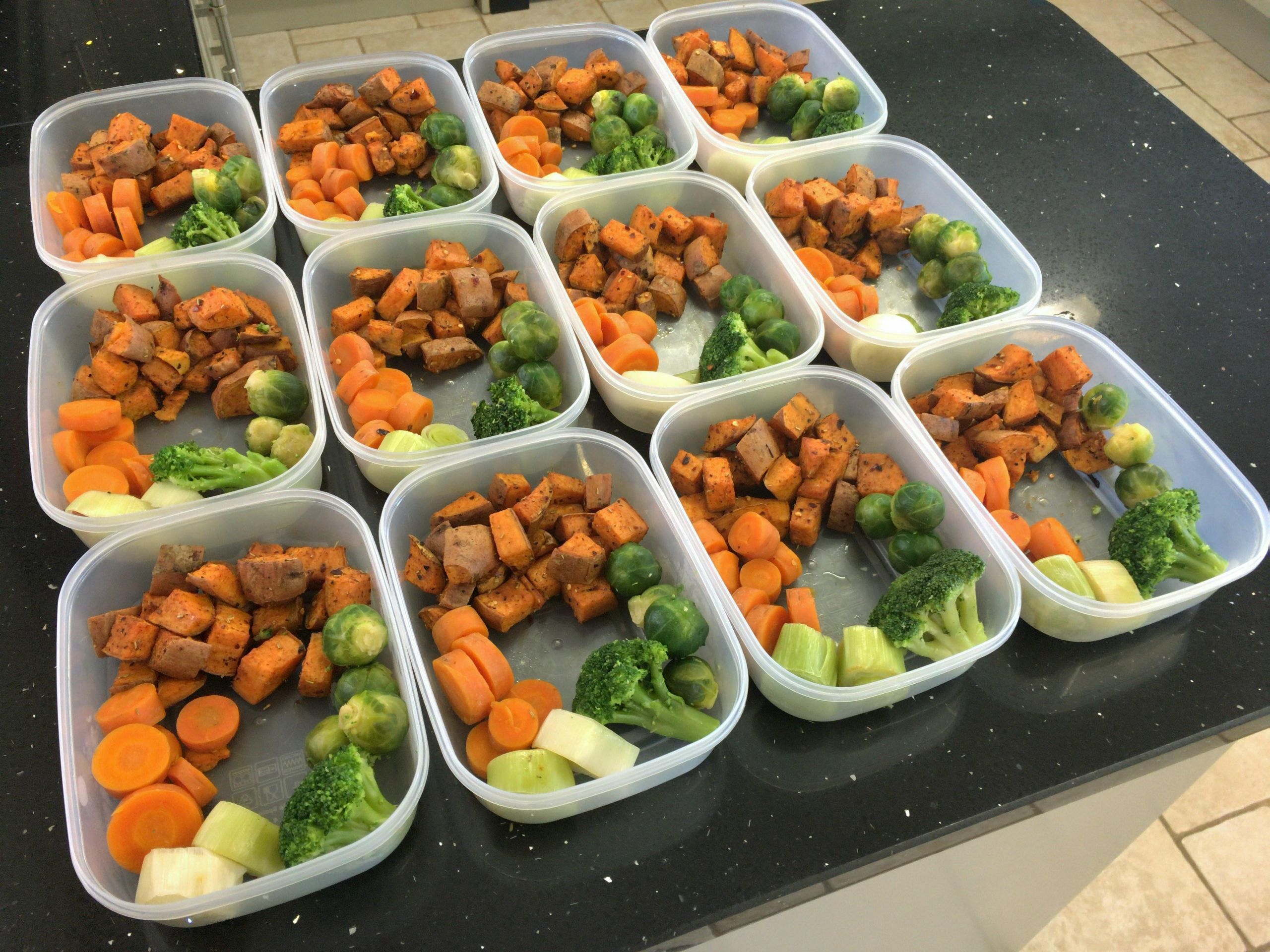Embarking on a journey towards a healthier lifestyle often involves making mindful choices about our dietary habits. Low-calorie recipes play a crucial role in this endeavor, offering a balanced and nutritious approach to weight management and overall well-being. In this comprehensive guide, we will delve into the art of creating delicious and satisfying low-calorie meals, empowering you to make informed decisions about your food choices.
By understanding the principles of calorie counting, macronutrient composition, and recipe modifications, you will gain the knowledge and skills necessary to craft low-calorie dishes that tantalize your taste buds without compromising your health goals. Join us as we explore the world of low-calorie cooking, where flavor and nourishment go hand in hand.
Low Calorie Meal Planning
Low-calorie meal planning is essential for successful weight management and overall health. By reducing calorie intake, individuals can create a calorie deficit that promotes weight loss and improves metabolic function.
To create a balanced and nutrient-rich low-calorie meal plan, consider the following tips:
Choosing Nutrient-Rich Foods
- Prioritize fruits, vegetables, and whole grains, which are high in fiber and provide essential vitamins, minerals, and antioxidants.
- Include lean protein sources such as fish, poultry, beans, and lentils to promote satiety and support muscle mass.
- Limit processed foods, sugary drinks, and unhealthy fats, as these are often high in calories and low in nutrients.
Calorie Counting and Portion Control
- Use calorie-tracking apps or websites to monitor daily calorie intake.
- Pay attention to portion sizes and use measuring cups and spoons to avoid overeating.
- Consider meal prepping to control portions and reduce temptation.
Hydration and Meal Timing
- Drink plenty of water throughout the day to promote satiety and boost metabolism.
- Eat regular meals at consistent times to prevent overeating and maintain blood sugar levels.
- Avoid skipping meals, as this can lead to overeating later in the day.
Flexibility and Sustainability
- Allow for occasional indulgences in moderation to prevent feelings of deprivation.
- Make gradual changes to eating habits rather than drastic restrictions.
- Seek support from a registered dietitian or healthcare professional for personalized guidance and accountability.
Calorie Counting and Measurement
Counting calories is crucial for weight management. Here are some methods to ensure accuracy:
Food Labels
Food labels provide detailed nutritional information, including calorie content. Read labels carefully to determine the number of calories per serving.
Calorie-Tracking Apps
Calorie-tracking apps use databases to estimate calorie content based on food entries. They allow you to log meals, track progress, and set calorie goals.
Food Databases
Online food databases, such as USDA FoodData Central, provide comprehensive nutritional information for a wide range of foods.
Portion Measurement
Accurately measuring food portions is essential for calorie counting. Use measuring cups, spoons, or a food scale to ensure consistency.
Tips for Measuring Food Portions
- Use measuring cups and spoons for liquids and dry ingredients.
- Weigh solid foods using a food scale for greater accuracy.
- Use measuring guides, such as the “MyPlate” method, to estimate portion sizes for fruits, vegetables, and proteins.
Macronutrient Composition

Macronutrients are essential nutrients that provide energy and support various bodily functions. In low-calorie recipes, understanding the role of carbohydrates, protein, and fat is crucial.Macronutrient balance is key for optimal health and achieving dietary goals. Adjusting the ratios of these nutrients allows for personalization based on individual needs.
For instance, a higher protein intake may support muscle growth, while a higher carbohydrate intake can provide sustained energy for physical activities.
Carbohydrates
Carbohydrates are the body’s primary energy source. They provide 4 calories per gram. In low-calorie recipes, choosing complex carbohydrates over simple carbohydrates is recommended. Complex carbohydrates, such as whole grains and vegetables, provide sustained energy and fiber, which promotes satiety and digestive health.
Protein
Protein is essential for building and repairing tissues. It also provides 4 calories per gram. In low-calorie recipes, lean protein sources, such as chicken, fish, and beans, are preferred. Protein helps promote muscle mass, increase satiety, and support hormone production.
Fat
Fat is essential for hormone production, nutrient absorption, and energy storage. It provides 9 calories per gram. In low-calorie recipes, healthy fats, such as olive oil, avocado, and nuts, are recommended. These fats can help increase satisfaction, reduce inflammation, and improve brain function.By
understanding macronutrient composition and adjusting the balance to meet individual needs, low-calorie recipes can provide both nutritional adequacy and support for dietary goals.
Recipe Modifications for Calorie Reduction
Lowering the calorie content of recipes without compromising taste or nutritional value is achievable with a few simple techniques. By making strategic substitutions, adjusting cooking methods, and tweaking portion sizes, you can enjoy delicious and satisfying meals that fit your calorie goals.
Ingredient Substitutions
Swapping high-calorie ingredients for lower-calorie alternatives can significantly reduce the overall calorie count. Consider the following substitutions:
- Replace butter or oil with unsweetened applesauce or mashed banana in baked goods.
- Use Greek yogurt or cottage cheese instead of sour cream or mayonnaise in sauces and dips.
- Substitute whole-wheat flour for white flour in breads and pastries.
Cooking Methods
Certain cooking methods can help reduce calories without sacrificing flavor. Consider these techniques:
- Grill, roast, or bake instead of frying.
- Use a nonstick pan or spray to minimize the need for oil.
- Steam vegetables instead of boiling to preserve nutrients and reduce calories.
Portion Adjustments
Managing portion sizes is crucial for calorie control. Consider these strategies:
- Use measuring cups and spoons to ensure accurate portioning.
- Divide large portions into smaller servings.
- Serve meals on smaller plates to create the illusion of a larger portion.
Comparison Table
The following table compares the calorie content of original and modified recipes:
| Recipe | Original Calories | Modified Calories |
|---|---|---|
| Chocolate Chip Cookies | 150 | 110 |
| Spaghetti with Meat Sauce | 350 | 280 |
| Chicken Stir-Fry | 200 | 160 |
Low-Calorie Cooking Techniques
Grilling, steaming, roasting, and air frying are excellent cooking methods for preparing low-calorie meals. These techniques minimize the need for added fats and oils, resulting in dishes that are both flavorful and calorie-conscious.
Grilling
Grilling involves cooking food over an open flame or hot coals. This method imparts a smoky flavor and creates a crispy exterior while keeping the interior moist. Grilling is particularly suitable for lean proteins, such as chicken, fish, and tofu, as well as vegetables like zucchini, peppers, and onions.
Steaming
Steaming is a gentle cooking method that preserves the nutrients and natural flavors of food. It involves placing food in a steamer basket over boiling water and cooking it with the steam. Steaming is ideal for vegetables, seafood, and poultry.
Roasting
Roasting involves cooking food in an oven at high temperatures. This method creates a caramelized exterior and a tender interior. Roasting is well-suited for vegetables, such as broccoli, carrots, and potatoes, as well as meats, like chicken and pork.
Air Frying
Air frying is a modern cooking technique that utilizes hot air to circulate around food, resulting in a crispy texture similar to deep frying. However, air frying requires minimal oil, making it a healthier alternative. It is versatile and can be used for a wide range of foods, including french fries, chicken wings, and vegetables.
Sample Low-Calorie Recipes

Here are a few low-calorie recipes to get you started on your weight loss journey. These recipes are all easy to make and packed with flavor. They are also a great way to get your daily dose of fruits, vegetables, and whole grains.
The recipes are organized into categories, so you can easily find something that fits your needs. There are recipes for breakfast, lunch, dinner, snacks, and desserts. Each recipe includes the calorie content, serving size, and nutritional information.
Breakfast
- Oatmeal with berries and nuts (200 calories, 1 serving, 4g protein, 5g fiber)
- Yogurt parfait with fruit and granola (250 calories, 1 serving, 10g protein, 5g fiber)
- Scrambled eggs with spinach and mushrooms (220 calories, 1 serving, 12g protein, 5g fiber)
Lunch
- Grilled chicken salad with mixed greens, vegetables, and low-fat dressing (300 calories, 1 serving, 20g protein, 10g fiber)
- Tuna salad sandwich on whole-wheat bread (350 calories, 1 serving, 25g protein, 10g fiber)
- Lentil soup (200 calories, 1 serving, 15g protein, 10g fiber)
Dinner
- Grilled salmon with roasted vegetables (350 calories, 1 serving, 25g protein, 15g fiber)
- Chicken stir-fry with brown rice (300 calories, 1 serving, 20g protein, 10g fiber)
- Spaghetti with marinara sauce and grilled vegetables (350 calories, 1 serving, 20g protein, 10g fiber)
Snacks
- Fruit salad (100 calories, 1 serving, 2g protein, 5g fiber)
- Vegetable sticks with hummus (150 calories, 1 serving, 5g protein, 5g fiber)
- Yogurt with berries (150 calories, 1 serving, 10g protein, 5g fiber)
Desserts
- Fruit sorbet (100 calories, 1 serving, 2g protein, 5g fiber)
- Dark chocolate mousse (150 calories, 1 serving, 5g protein, 5g fiber)
- Baked apples with cinnamon (150 calories, 1 serving, 2g protein, 5g fiber)
Last Recap
As you embark on your low-calorie culinary adventure, remember that consistency and a balanced approach are key. Experiment with different recipes, discover new flavors, and enjoy the process of creating healthy and satisfying meals. Embrace the knowledge and techniques Artikeld in this guide, and you will find that low-calorie eating can be a delicious and fulfilling part of your journey towards a healthier and happier you.
FAQ Summary
Can low-calorie recipes be as satisfying as regular recipes?
Absolutely! By incorporating nutrient-rich ingredients and using smart cooking techniques, low-calorie recipes can provide a sense of fullness and satisfaction while keeping you on track with your calorie goals.
How often should I incorporate low-calorie recipes into my diet?
Aim to include low-calorie recipes in your daily meals as much as possible. This will help you maintain a calorie deficit and support your weight management efforts.
Are low-calorie recipes suitable for people with specific dietary restrictions?
Yes, many low-calorie recipes can be adapted to accommodate various dietary restrictions, such as gluten-free, dairy-free, or vegan diets. Simply make substitutions based on your specific needs.
Can I eat low-calorie recipes even if I’m not trying to lose weight?
Certainly! Low-calorie recipes promote overall health and well-being by reducing calorie intake and providing essential nutrients. They are beneficial for maintaining a healthy weight or simply making healthier choices.
